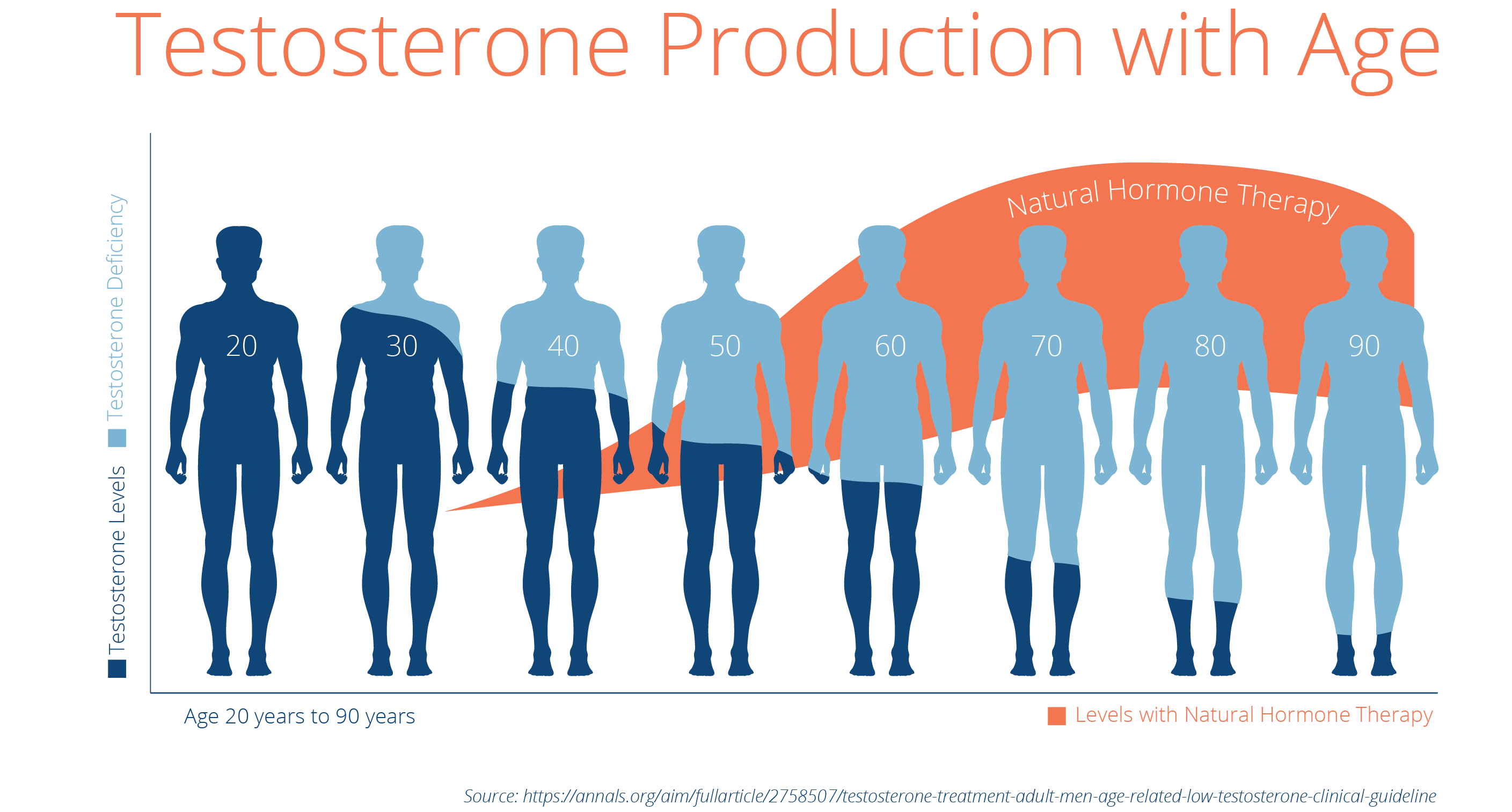From the age of 30 humans begin to gradually shrink in size

From the age of 30, humans begin to gradually shrink in size.

As we reach the age of 30, an inevitable and somewhat surprising phenomenon occurs – humans begin to gradually shrink in size. This natural process is known as height loss or height decrease and is a result of various factors that affect our skeletal system, muscles, and overall body composition.
The process of height loss occurs due to a combination of factors, including changes in our bones and intervertebral discs. Over time, our bones tend to lose mineral content and density, making them more prone to compression and becoming thinner. Simultaneously, the intervertebral discs located between our vertebrae gradually lose their fluid content, causing them to shrink and settle closer together. This compression and shrinkage of the discs lead to a slight decrease in height.
Another contributing factor to height loss is the natural decline in muscle mass and strength that occurs as we age. From the age of 30, adults typically start to experience a gradual loss of about 3-5% of muscle mass per decade. This muscle loss, known as sarcopenia, can result in reduced spinal support and contribute to the compression of the intervertebral discs, further exacerbating height loss.

Additionally, hormonal changes in both men and women can play a role in height loss. In men, the decline in testosterone levels, which commonly begins around the age of 30, can lead to a decrease in bone density and muscle mass, ultimately contributing to height loss. Women, on the other hand, experience a decline in estrogen levels during menopause, which can also accelerate bone loss and height decrease.
It’s important to note that the rate of height loss varies from person to person and can be influenced by factors such as genetics, lifestyle choices, and overall health. Leading a sedentary lifestyle, smoking, poor nutrition, and certain medical conditions such as osteoporosis can accelerate the rate of height loss.
Though height loss is a natural part of the aging process, there are measures individuals can take to minimize its impact. Engaging in regular weight-bearing exercises, such as walking, jogging, or lifting weights, can help maintain bone density, muscle mass, and posture. Adequate intake of calcium, vitamin D, and other essential nutrients can also support bone health as we age.
In conclusion, it is a fact that from the age of 30, humans begin to gradually shrink in size. This height loss is a result of various factors, including changes in bones, intervertebral discs, muscle mass, and hormonal levels. While height loss is a natural part of aging, adopting a healthy lifestyle and incorporating specific habits can help slow down the process and maintain overall physical well-being.
Tags
Share
Related Posts
Quick Links
Legal Stuff

